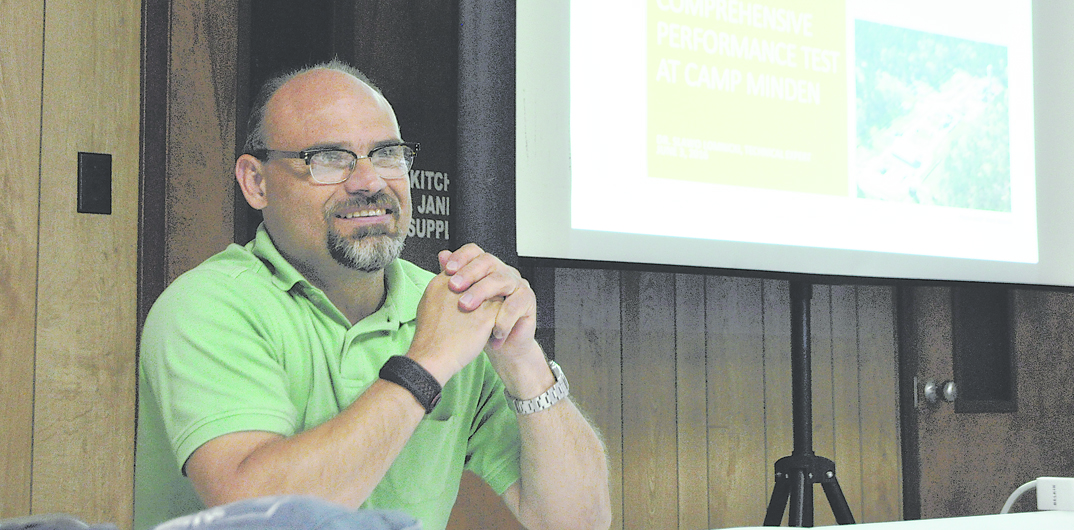266
DOYLINE — Following the observation of the contained burn chamber site at Camp Minden, Dr. Slawo Lomnicki says everything is working as it was designed.
Lomnicki, a representative for the Camp Minden Citizens Advisory Group, observed three days

Dr. Slawo Lomnicki conducted a presentation to the Camp Minden Citizens Advisory Group and members of the public regarding three days of observation of the contained burn chamber site at Camp Minden. Michelle Bates/Press-Herald
Burn chamber working as designed
previous post


